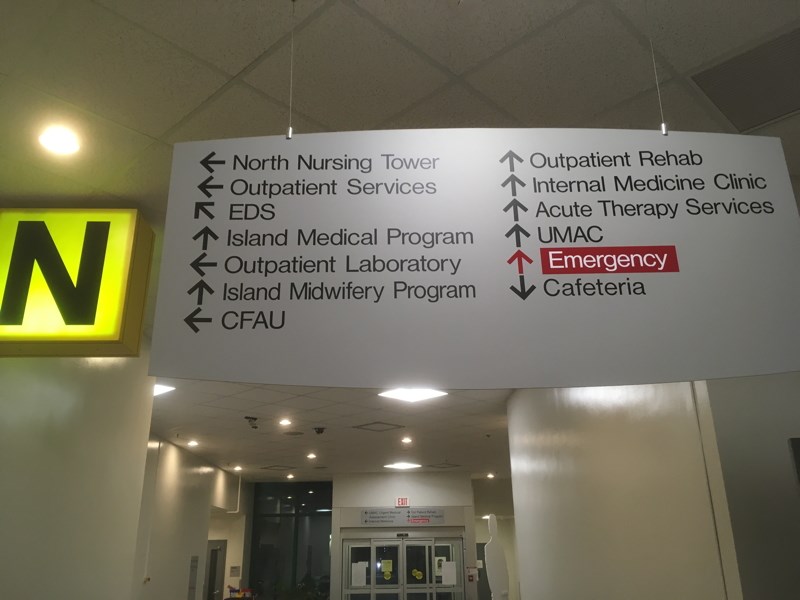Hospitals in B.C. are going to continue preparing for the worst even if some of the more drastic public health restrictions start to ease slightly next month.
An extensive briefing by Health Minister Adrian Dix and provincial health officer Dr. Bonnie Henry on Friday made clear there won’t be any light-switch moment when life suddenly returns to normal.
They gave fervent thanks for the huge public buy-in that has helped bend the curve showing the disease’s progression. But there were numerous warnings that, while easing some of the restrictions is being contemplated for next month, it’s going to be a cautious, gradual and protracted process.
Some of the new social-distancing measures, like the two-metre distance rule on social interactions, will likely remain in force for as long as 18 months.
People across the province and the country are enduring school closures, bans on large gatherings, park, restaurant and bar closures, bans on visiting seniors’ care homes, severe travel restrictions and a major curtailment of the service sector. The catastrophic damage to the economy is mounting daily.
Henry said there are teams in government measuring the health and social impacts. The main factor driving all decisions about the response will continue to be the COVID-19 case count.
Its rate of growth peaked last month and has shown an encouraging decline since then. Based on more than 60,000 tests, B.C. has identified 1,618 cases to date.
B.C. has actually bent several curves related to the pandemic. The number of fatalities, now 78, has been increasing only moderately, after it shot up dramatically last month due to long-term-care outbreaks.
There are 119 people hospitalized now, down from a peak of 149, and the number in intensive care units or in high-acuity units is nowhere near the worst-case planning scenarios.
Those numbers are stabilizing, according to the briefings.
“B.C. COVID-19 cases have plateaued and started to decline in terms of hospitalization,” Dix said.
The dire scenarios were released March 27, based on experiences in northern Italy and Hubei, China.
On Friday, they were formally abandoned for future modelling exercises. The various extreme hospital measures will be maintained, although some elective surgeries that were postponed could resume in mid-May.
Documents presented Friday show B.C. hiked the number of critical-care beds to almost 1,000 to brace for the pandemic, but there were only 58 COVID-19 patients in them at last count.
ICUs in other jurisdictions were overwhelmed with cases, but B.C. has been running at about 70 per cent capacity in those units, including non-pandemic cases. The critical-care-bed occupancy rate as of three days ago was 46 per cent of the expanded capacity.
Similarly, B.C. boosted the number of available ventilators to almost 700. The current number of COVID-19 patients relying on them is 38, down from a peak of 55 a week ago.
It’s the difference between what did happen and what could have happened if people didn’t adopt social distancing, Henry said.
Even with that current excess capacity and thousands of empty hospital beds opened up by the postponed elective surgeries, Dix said the system will continue to prepare for coming months. Even when scheduled surgeries resume, as many beds as possible will be reserved for pandemic surge capacity.
There have been continual warnings of a second surge of cases in the fall, as happens with influenza pandemics. Dix said the province will continue planning on that basis.
Any let-up in restrictions will be guided by the new local modelling that shows the potential for an explosive tripling of cases if all restrictions are lifted.
The only thing that will bring the situation to a close is a vaccine, which is a long time off. Henry said until then, the job is to restrict transmission as much as possible while minimizing all the negative unintended consequences of restrictions, like mental-health crises, job and education loss anxiety and gender-based violence.
“Our new normal for the coming months, and maybe some time, is going to be a modification of what we’re seeing right now.”



